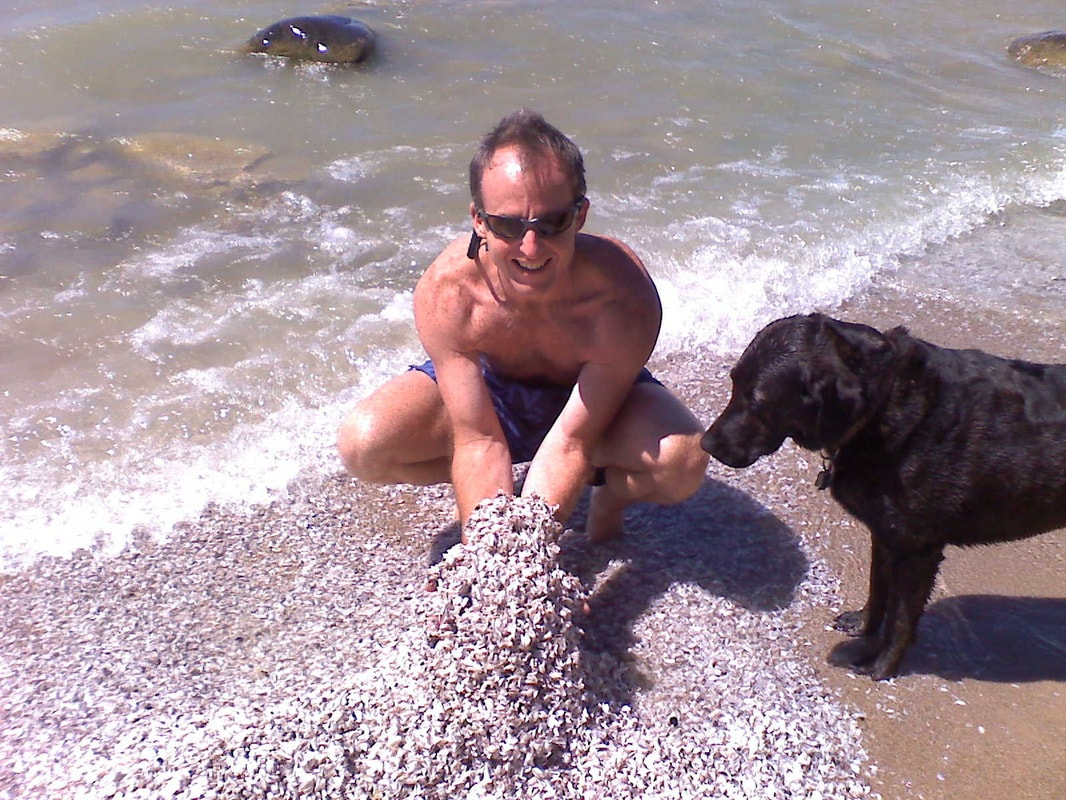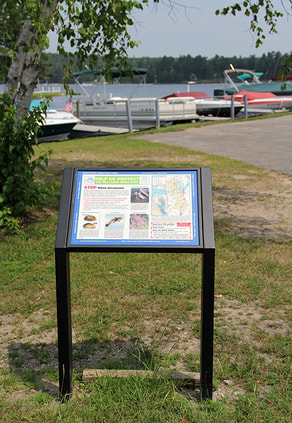Aquatic Invasive Species
Aquatic invasive species (AIS) are non-native species introduced to an aquatic ecosystem that causes environmental and/or economic harm. AIS can cause issues that impact our lakes, streams, and wetlands and are increasingly the focus of Watershed Council monitoring and management programs. Knowing how to identify AIS, how they got here, and what you can do to help prevent them from spreading is important.
AIS on our watch list: European Frogbit, Hydrilla, Invasive Carp, New Zealand Mud Snail, Parrot Feather, Red Swamp Crayfish, Water Hyacinth, Brazilian Elodea, European Water Clover, Water Chestnut, Water Lettuce, Water Soldier, Yellow Floating Heart, Northern Snakehead, Marbled Crayfish
AIS on our watch list: European Frogbit, Hydrilla, Invasive Carp, New Zealand Mud Snail, Parrot Feather, Red Swamp Crayfish, Water Hyacinth, Brazilian Elodea, European Water Clover, Water Chestnut, Water Lettuce, Water Soldier, Yellow Floating Heart, Northern Snakehead, Marbled Crayfish
What are the impacts of aquatic invasive species?
There are both economic and ecological impacts, both of which are quite serious. Economically, there are losses in tourism, sports-fisheries, industry and more. In Michigan, fishing expenditures alone exceed $800,000,000 per year(1), a figure that could drop substantially as aquatic invasive species disrupt ecosystems and impact fisheries. Losses in the U.S. are estimated at $78.5 billion annually and studies have estimated lost property values on infested water bodies of up to $12,000 per property(2). Ecologically, aquatic invasive species' impacts include food-web disruptions, native species reduction or loss (and dependent species), water quality degradation, and the introduction of pathogens. Furthermore, ecosystem disruptions and imbalances can result in increased danger to human health.
There are both economic and ecological impacts, both of which are quite serious. Economically, there are losses in tourism, sports-fisheries, industry and more. In Michigan, fishing expenditures alone exceed $800,000,000 per year(1), a figure that could drop substantially as aquatic invasive species disrupt ecosystems and impact fisheries. Losses in the U.S. are estimated at $78.5 billion annually and studies have estimated lost property values on infested water bodies of up to $12,000 per property(2). Ecologically, aquatic invasive species' impacts include food-web disruptions, native species reduction or loss (and dependent species), water quality degradation, and the introduction of pathogens. Furthermore, ecosystem disruptions and imbalances can result in increased danger to human health.
|
How are we dealing with aquatic invasive species in northern Michigan?
The Watershed Council works on many fronts when it comes to invasive species.
Survey of Fishing, Hunting, and Wildlife-Associated Recreation. 2 Varney, R. W. 2004. Fighting the Spread of Invasive Species in Connecticut. U.S. Environmental Protection Agency. http://www.epa.gov/region01/ra/column/archive/invasivespecies_ct_20040809.html |





